Home>Furniture & Design>Bathroom Accessories>Where Should You Keep A First Aid Kit
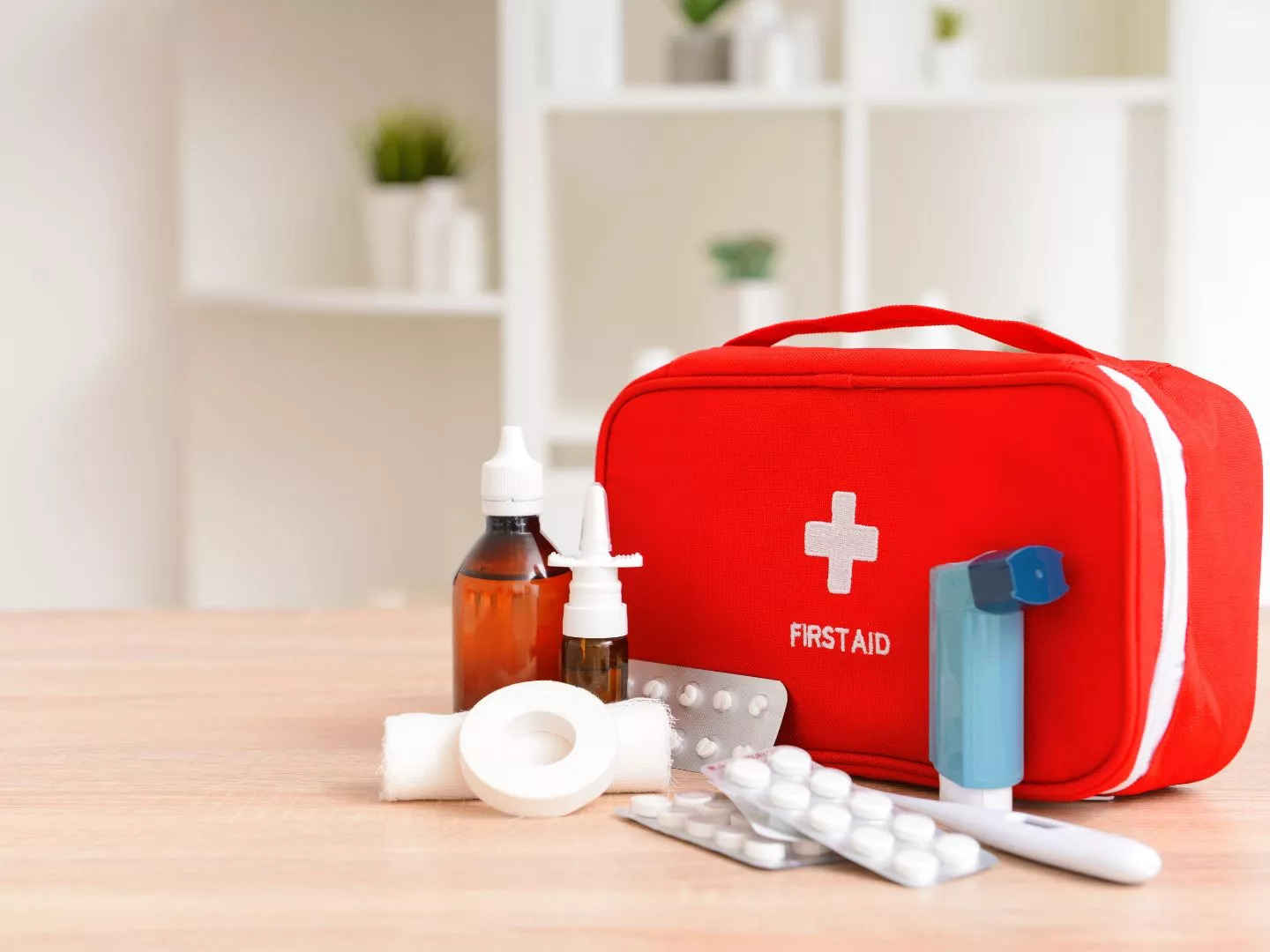

Bathroom Accessories
Where Should You Keep A First Aid Kit
Modified: February 29, 2024
Discover the best place to keep a first aid kit in your home. Find out why bathroom accessories are a smart choice for first aid storage.
(Many of the links in this article redirect to a specific reviewed product. Your purchase of these products through affiliate links helps to generate commission for Storables.com, at no extra cost. Learn more)
Introduction
When it comes to safety and preparedness, having a first aid kit readily available is paramount. Accidents and injuries can occur at any time, and having essential medical supplies within reach can make a significant difference in providing immediate care. Whether at home, in the car, at the office, or during outdoor activities, knowing where to keep a first aid kit is crucial for ensuring quick access to potentially life-saving resources.
A well-stocked first aid kit is not only a practical necessity but also a symbol of proactive care for oneself and others. It serves as a tangible reminder of the importance of being prepared for unexpected emergencies. By understanding the various settings in which a first aid kit can be utilized, individuals can better appreciate the value of having one on hand at all times.
In the following sections, we will explore the optimal locations for keeping a first aid kit, considering the unique circumstances and potential risks associated with each setting. From the comfort of one's home to the unpredictability of outdoor adventures, the strategic placement of a first aid kit can ensure that help is always within reach when it is needed most. Let's delve into the specific considerations for each environment to gain a comprehensive understanding of where a first aid kit should be kept.
Key Takeaways:
- Always keep a first aid kit at home, in the car, at the office, and during outdoor activities. It ensures quick access to medical supplies for addressing unexpected injuries and mishaps.
- Regularly check and restock first aid kits to ensure supplies are up to date and accessible. Being prepared for emergencies at home, on the road, at work, and during outdoor adventures is crucial for safety.
Read more: Where Is First Aid Kit From
Home
At home, a first aid kit should be easily accessible and well-stocked to address common injuries and medical needs that may arise within the household. The kitchen or a central location such as a hallway closet can be ideal spots for storing a first aid kit. These areas are frequently accessed and provide quick access during emergencies.
A well-equipped home first aid kit should include essential items such as adhesive bandages in various sizes, sterile gauze pads, adhesive tape, antiseptic wipes, tweezers, scissors, instant cold packs, disposable gloves, and a first aid manual. Additionally, it's important to include any specific medications or supplies tailored to the needs of household members, such as EpiPens for individuals with severe allergies or prescription medications for chronic conditions.
In a home environment, the first aid kit should be regularly checked and restocked to ensure that supplies are up to date and in good condition. Items with expiration dates, such as medications and ointments, should be monitored and replaced as needed. Furthermore, it's beneficial to include a list of emergency contacts, including local medical facilities and poison control, within the first aid kit for quick reference.
By keeping a well-organized and accessible first aid kit at home, individuals can promptly address minor injuries, burns, cuts, and other common mishaps that may occur. This proactive approach to preparedness can provide peace of mind and ensure that necessary medical assistance is readily available within the familiar confines of one's home.
Car
Having a first aid kit in your car is essential for addressing medical emergencies that may occur while on the road. Whether it's a minor injury from a small accident or a more serious situation requiring immediate attention, a well-stocked first aid kit can make a significant difference in providing initial care before professional help arrives.
When considering where to keep a first aid kit in your car, it's important to choose a location that is easily accessible yet secure. The glove compartment or the trunk are common areas for storing a first aid kit. However, regardless of the specific location, it should be easily reachable by both the driver and passengers in case of an emergency.
A car first aid kit should include basic medical supplies such as adhesive bandages, sterile gauze pads, adhesive tape, antiseptic wipes, scissors, tweezers, instant cold packs, and disposable gloves. Additionally, it's advisable to include items such as a thermal blanket, a CPR mask, and a flashlight with extra batteries. These additional supplies can be invaluable in addressing a wide range of medical situations, from minor cuts and bruises to more serious incidents.
Given the varying temperatures and conditions a car may be exposed to, it's important to regularly check the first aid kit to ensure that the supplies are in good condition. Extreme temperatures can affect the integrity of certain items, such as adhesive bandages and medications, so periodic inspections and replacements are crucial.
Furthermore, it's beneficial to include a list of emergency contacts, including local hospitals, roadside assistance services, and emergency hotlines, within the first aid kit. This information can be invaluable in urgent situations, providing quick access to essential resources when time is of the essence.
By keeping a well-equipped first aid kit in your car, you can be better prepared to handle unexpected medical incidents while traveling. Whether it's a long road trip or simply commuting to and from work, having essential medical supplies within reach can provide a sense of security and readiness for addressing unforeseen emergencies on the road.
Keep a first aid kit in a central and easily accessible location, such as the kitchen or bathroom. Make sure it’s out of reach of young children but easily reachable in case of an emergency.
Office
In a professional setting, the presence of a well-stocked first aid kit is essential for addressing potential injuries and medical emergencies that may occur within the workplace. The office environment, while generally perceived as low-risk in terms of physical hazards, can still present situations where immediate medical attention is required. From minor cuts and burns to more serious incidents, having a readily accessible first aid kit can make a significant difference in providing prompt care to employees and visitors.
When determining where to keep a first aid kit in the office, it's important to select a central location that is easily accessible to all employees. The designated area should be well-known and clearly marked to ensure that individuals can quickly locate the first aid kit when needed. Common placement areas include the break room, reception area, or a central supply closet, where it can be easily accessed by all staff members.
A well-equipped office first aid kit should contain essential medical supplies tailored to address common workplace injuries. This may include adhesive bandages, sterile gauze pads, adhesive tape, antiseptic wipes, scissors, tweezers, instant cold packs, disposable gloves, and a first aid manual. Additionally, it's advisable to include items such as burn cream, eye wash, and a CPR mask to address a wide range of potential medical incidents.
Regular maintenance and inspection of the office first aid kit are crucial to ensure that the supplies are up to date and in good condition. Items with expiration dates, such as medications and ointments, should be monitored and replaced as needed. Furthermore, it's beneficial to designate a responsible individual or a safety committee to oversee the maintenance of the first aid kit and ensure that it remains well-stocked and accessible at all times.
In addition to medical supplies, including a list of emergency contacts within the first aid kit is highly recommended. This should encompass local medical facilities, emergency response services, and any specific workplace emergency protocols. By providing quick access to essential contact information, employees can efficiently seek assistance in urgent situations, contributing to a safer and more prepared work environment.
By maintaining a well-organized and accessible first aid kit in the office, employers demonstrate a commitment to the well-being of their staff and visitors. This proactive approach to workplace safety not only ensures that immediate medical assistance is available when needed but also fosters a culture of preparedness and care within the professional setting.
Outdoor Activities
Engaging in outdoor activities, whether it's hiking, camping, or participating in sports, often involves venturing into environments where access to immediate medical assistance may be limited. As such, having a well-equipped first aid kit is crucial for addressing potential injuries and medical emergencies that may arise during outdoor adventures. The unpredictable nature of outdoor activities underscores the importance of being prepared to provide prompt care in remote or rugged settings.
When considering where to keep a first aid kit for outdoor activities, it's essential to choose a location that is easily accessible and well-protected from the elements. A durable and waterproof container, such as a sturdy plastic case or a specialized outdoor first aid kit bag, is ideal for safeguarding the medical supplies from moisture, dirt, and impact. Additionally, the first aid kit should be conveniently portable, allowing it to be carried comfortably during outdoor excursions.
A comprehensive first aid kit for outdoor activities should include a wide range of medical supplies tailored to address potential injuries and emergencies encountered in outdoor settings. Essential items may encompass adhesive bandages, sterile gauze pads, adhesive tape, antiseptic wipes, scissors, tweezers, instant cold packs, and disposable gloves. Furthermore, additional supplies such as a splint, a tourniquet, a thermal blanket, and a snakebite kit may be necessary for addressing more severe outdoor-related incidents.
Regular maintenance and inspection of the outdoor first aid kit are paramount to ensure that the supplies are in good condition and ready for use. Outdoor environments can subject the kit to varying temperatures and conditions, potentially affecting the integrity of certain items. Therefore, periodic checks and replacements of expired or damaged supplies are essential to maintain the kit's effectiveness.
In addition to medical supplies, including a list of emergency contacts within the outdoor first aid kit is highly recommended. This should encompass local emergency services, park rangers, and any specific outdoor activity emergency protocols. By providing quick access to essential contact information, individuals can efficiently seek assistance in urgent situations, contributing to a safer and more prepared outdoor experience.
By keeping a well-equipped and portable first aid kit during outdoor activities, individuals can better ensure their readiness to address potential injuries and emergencies in remote or challenging environments. This proactive approach to preparedness not only enhances safety during outdoor adventures but also fosters a sense of confidence and self-reliance in handling unforeseen medical incidents in the great outdoors.
Read more: What Should Be In A Dog First Aid Kit?
Conclusion
In conclusion, the strategic placement of a first aid kit is essential for ensuring quick access to potentially life-saving resources in various settings. Whether at home, in the car, at the office, or during outdoor activities, the presence of a well-stocked first aid kit signifies proactive care and preparedness for unexpected emergencies.
At home, a centrally located first aid kit equipped with essential medical supplies tailored to the needs of household members can promptly address common injuries and mishaps. Regular checks and restocking of the kit ensure that necessary supplies are always available within the familiar confines of one's home.
In the car, a well-equipped first aid kit can make a significant difference in providing initial care before professional help arrives during road travel. The kit's accessibility and inclusion of additional supplies such as a thermal blanket and a CPR mask contribute to a sense of security and readiness for addressing unforeseen emergencies on the road.
In the office, the presence of a well-stocked first aid kit in a central location demonstrates a commitment to the well-being of employees and visitors. Regular maintenance and inclusion of emergency contacts within the kit contribute to a safer and more prepared work environment, fostering a culture of care and preparedness.
During outdoor activities, a portable and comprehensive first aid kit is crucial for addressing potential injuries and emergencies encountered in remote or rugged settings. The inclusion of additional supplies such as a splint, a tourniquet, and a snakebite kit enhances readiness to address more severe outdoor-related incidents, fostering a sense of confidence and self-reliance in handling unforeseen medical incidents in the great outdoors.
In all these settings, the presence of a well-organized and accessible first aid kit not only ensures that immediate medical assistance is available when needed but also fosters a culture of preparedness and care. By understanding the unique considerations for each environment and strategically placing first aid kits within reach, individuals can better appreciate the value of being prepared for unexpected emergencies, ultimately contributing to a safer and more proactive approach to addressing potential medical incidents in various settings.
Frequently Asked Questions about Where Should You Keep A First Aid Kit
Was this page helpful?
At Storables.com, we guarantee accurate and reliable information. Our content, validated by Expert Board Contributors, is crafted following stringent Editorial Policies. We're committed to providing you with well-researched, expert-backed insights for all your informational needs.
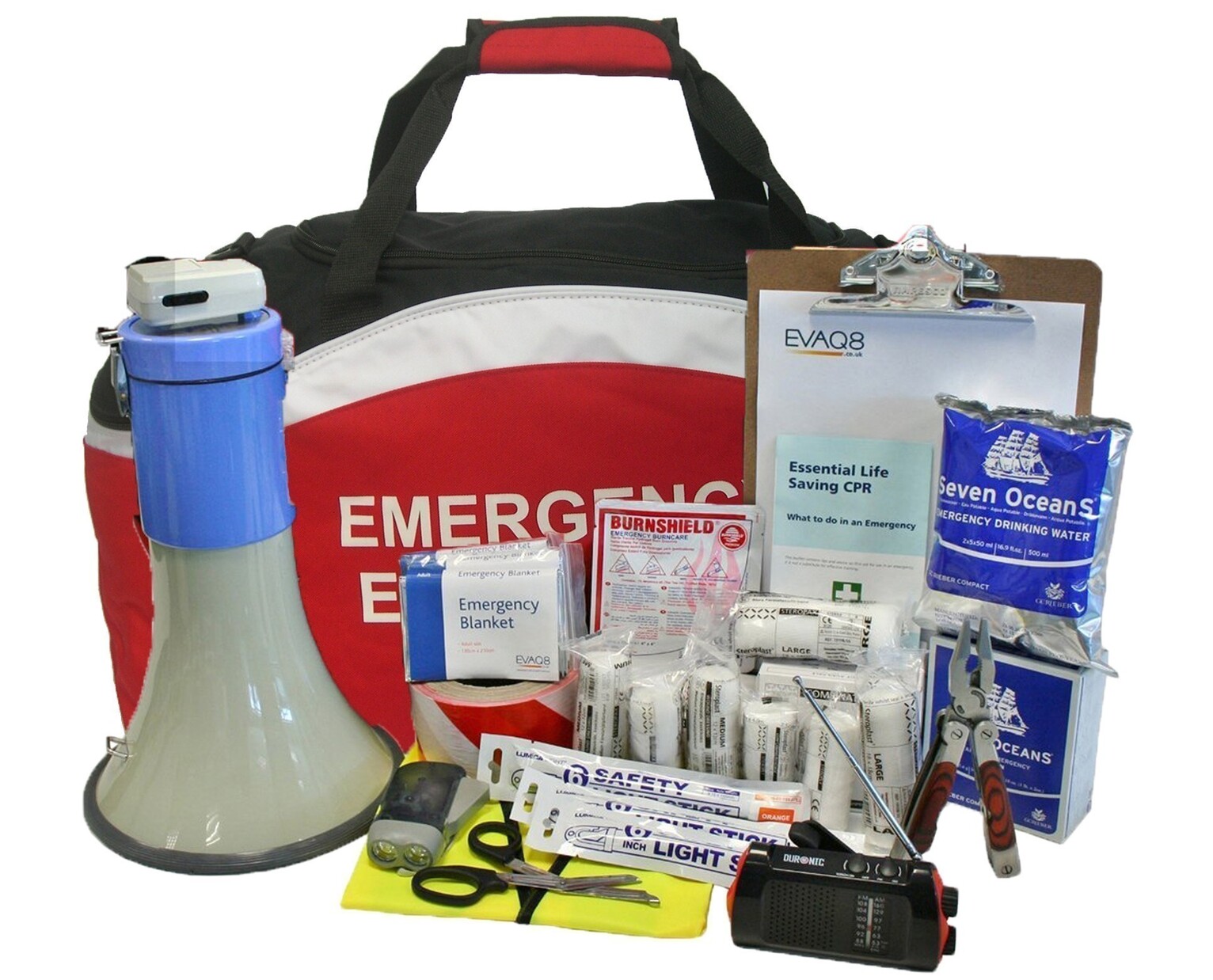
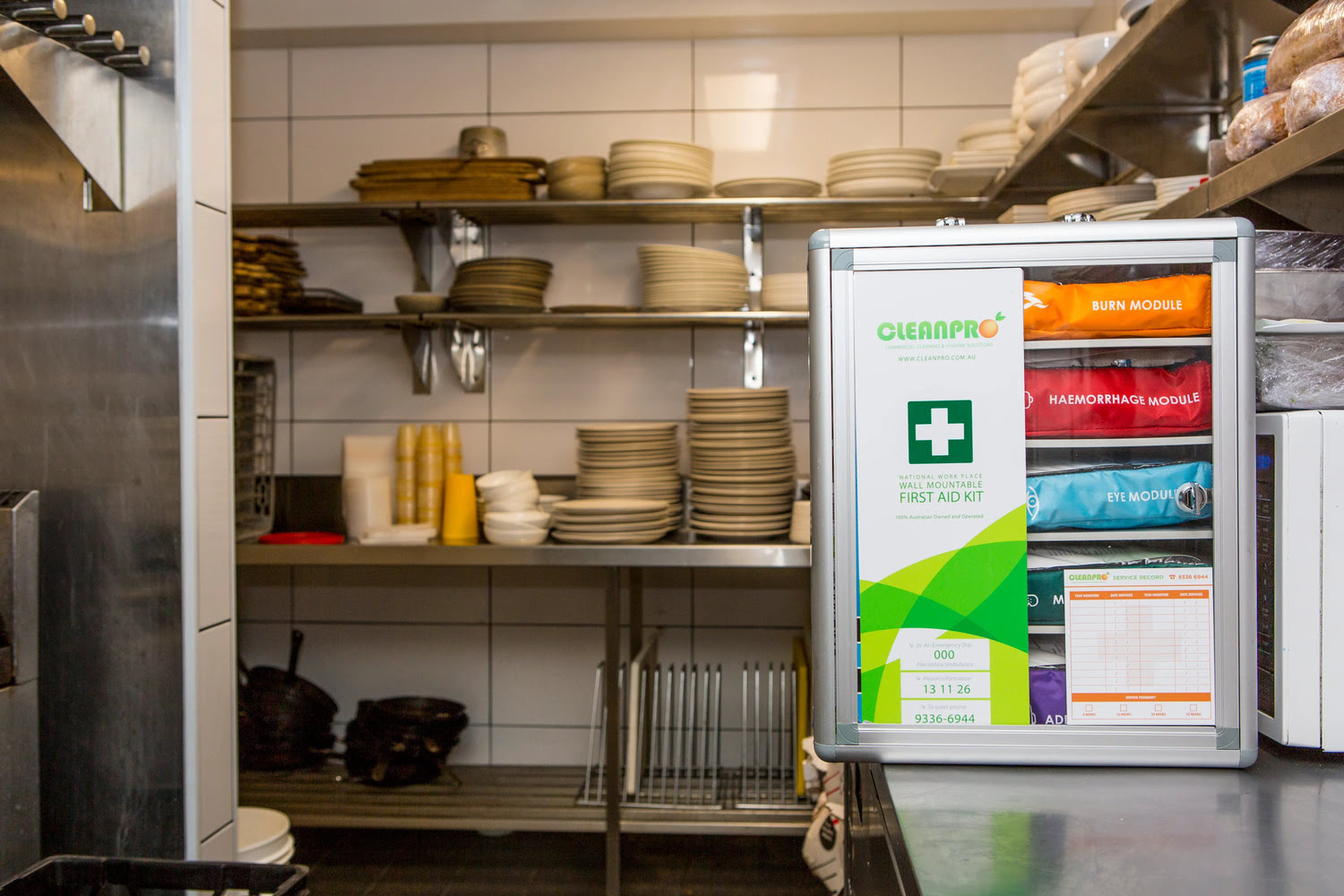
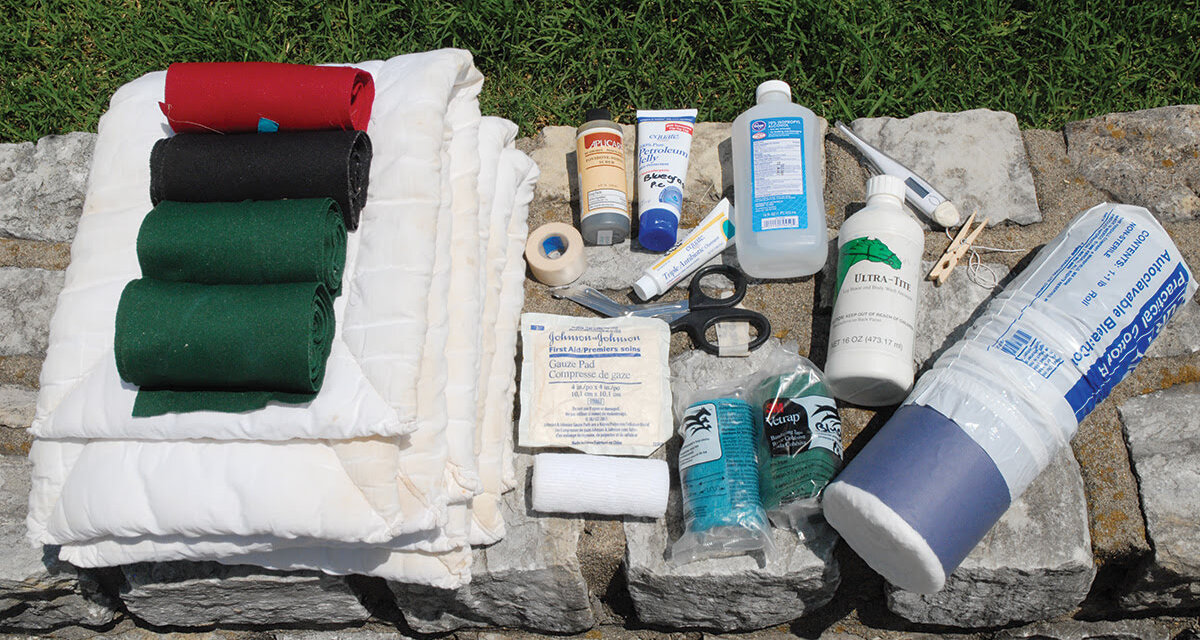
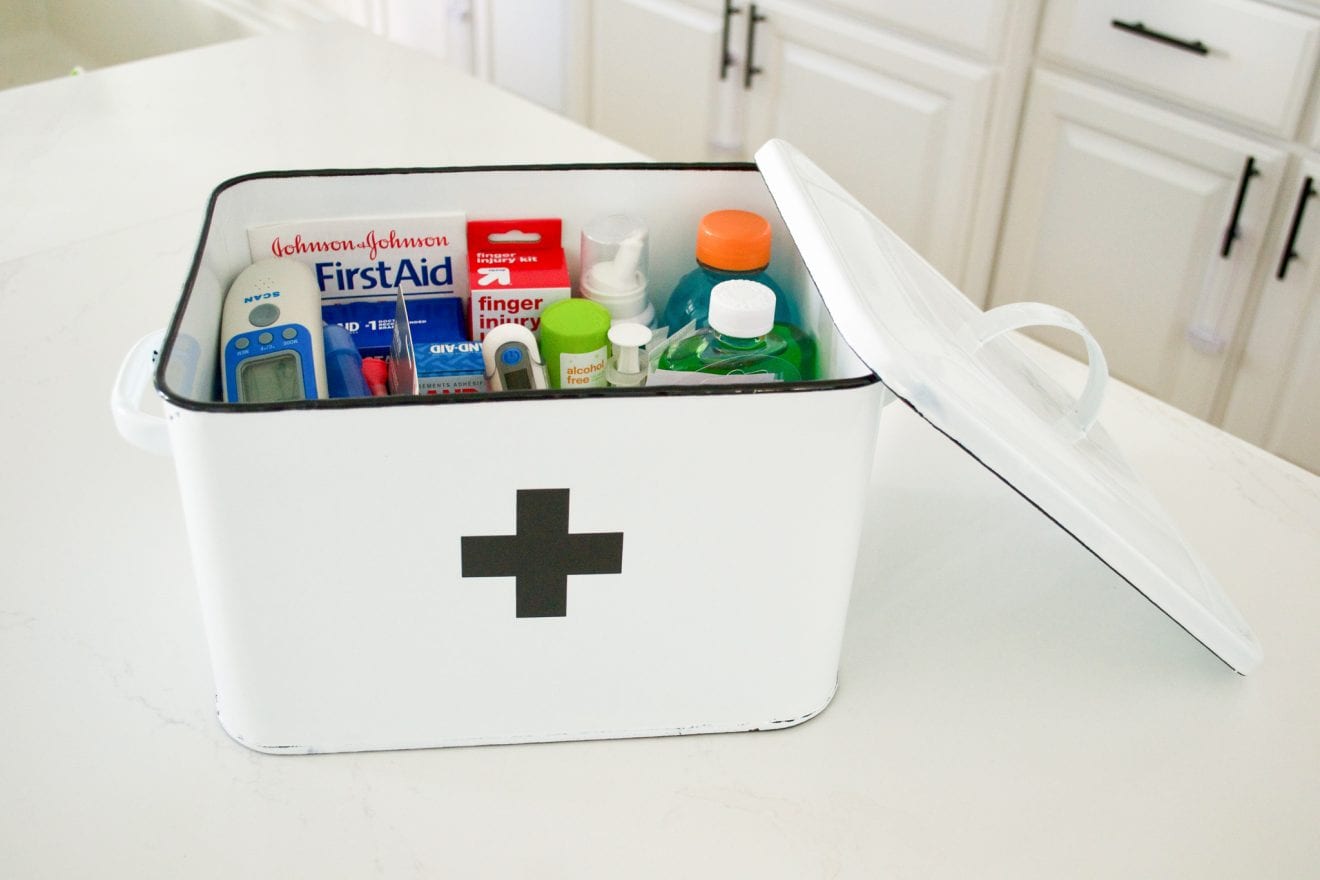
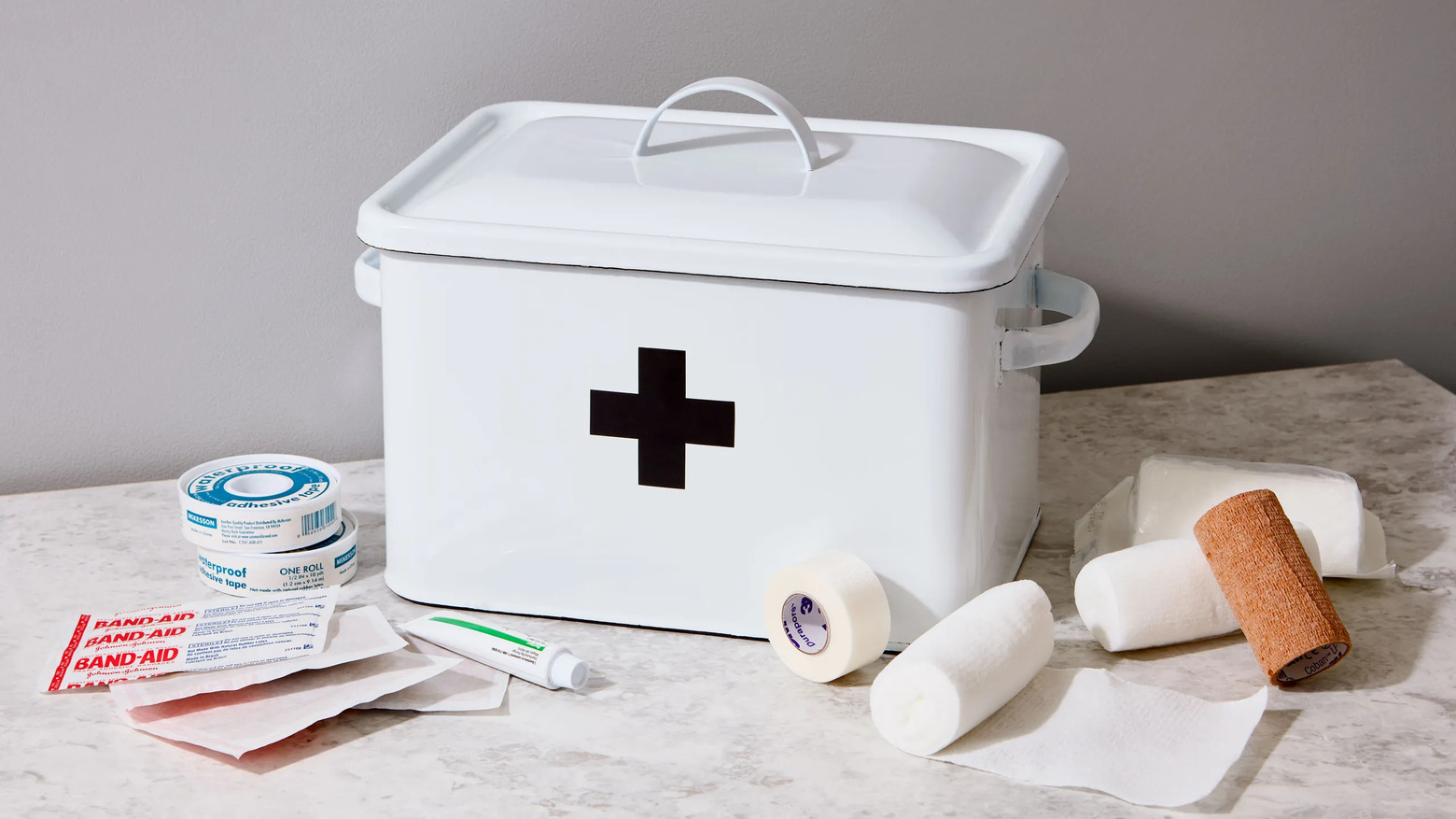
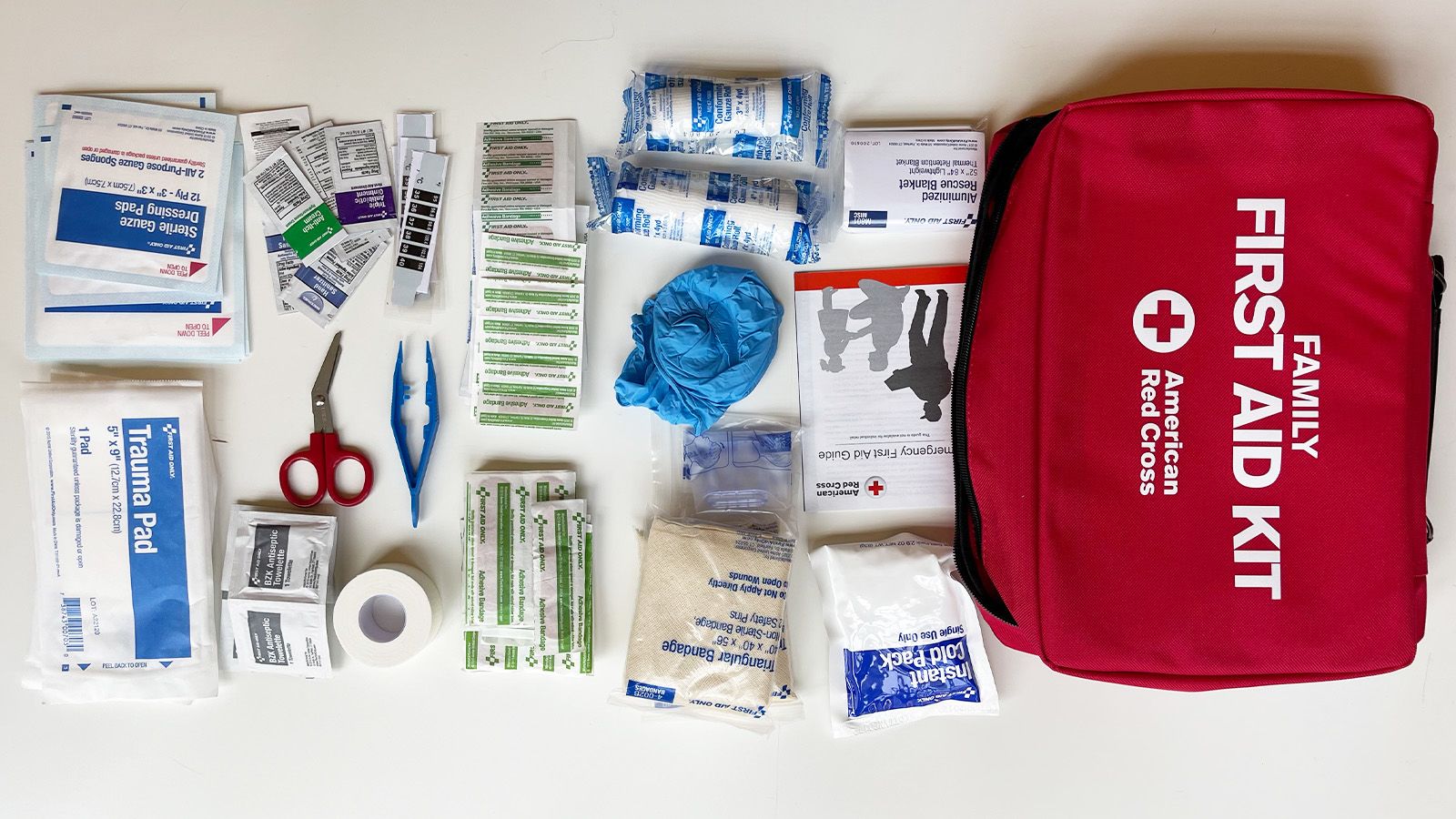
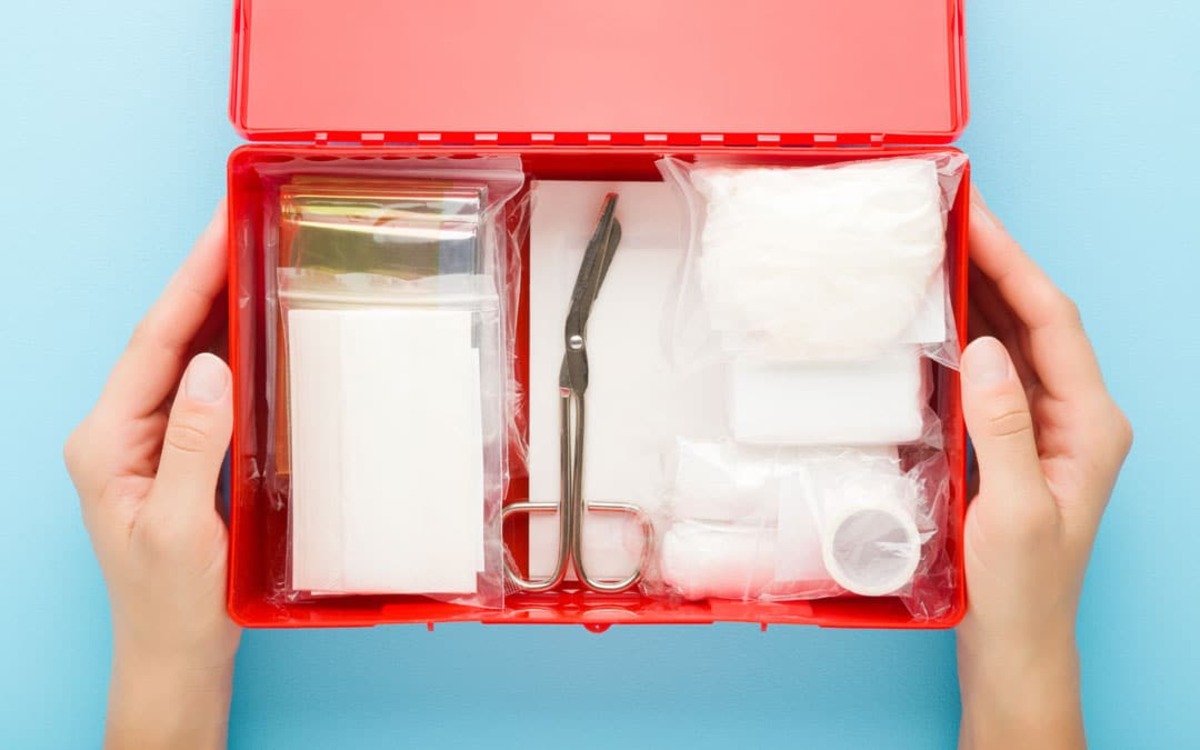
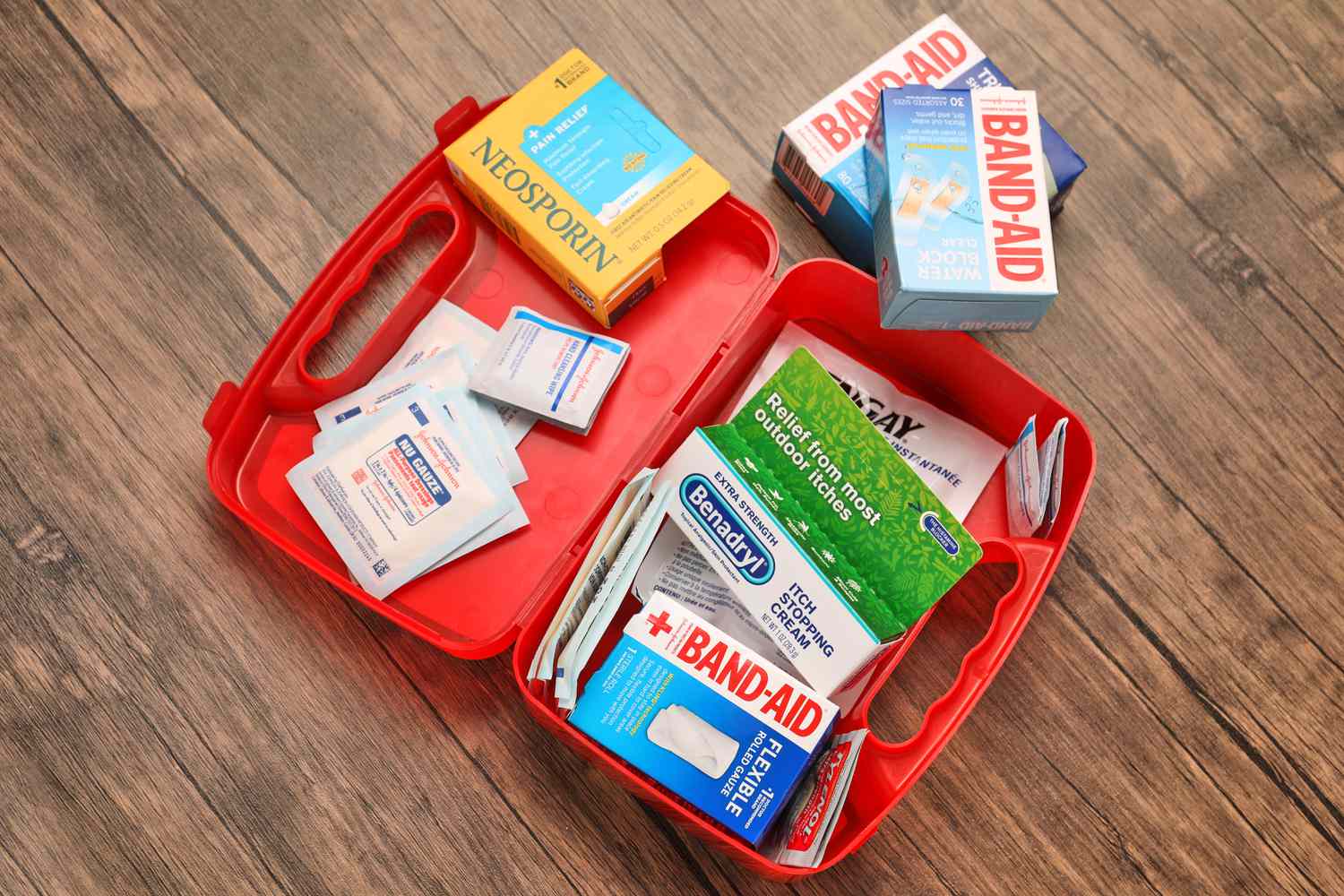
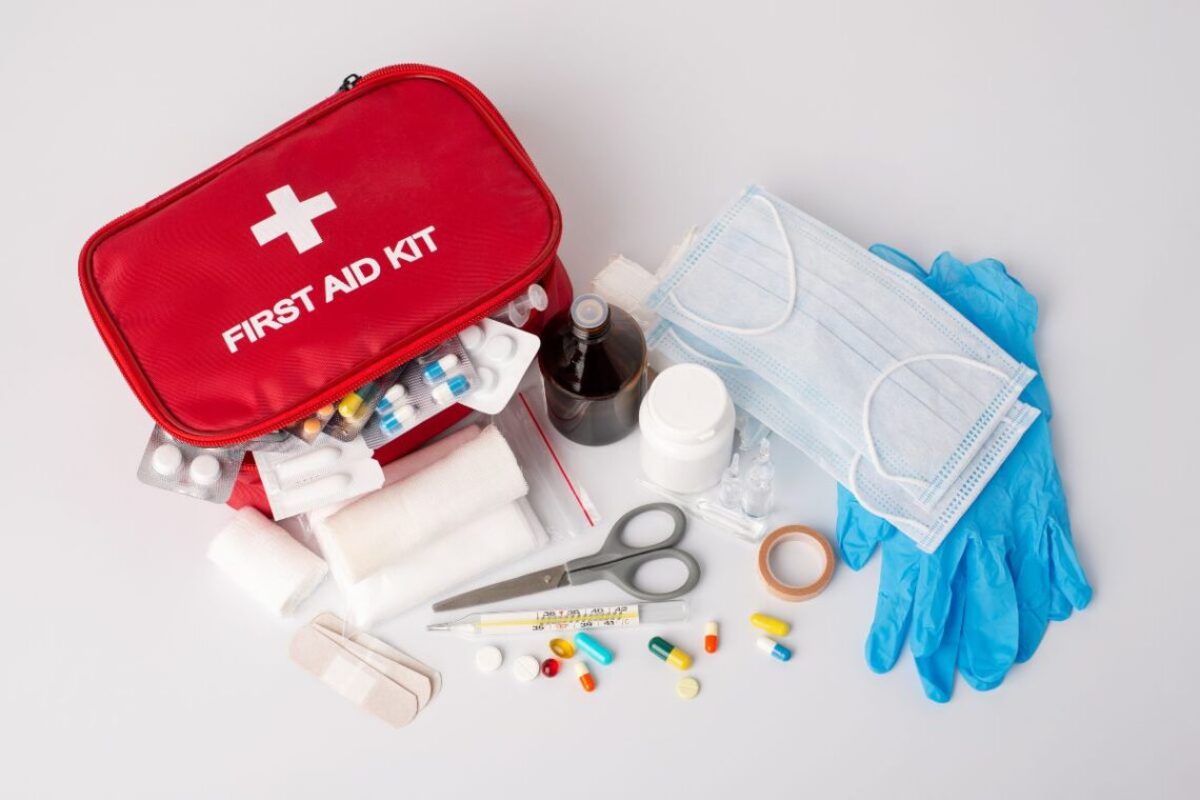
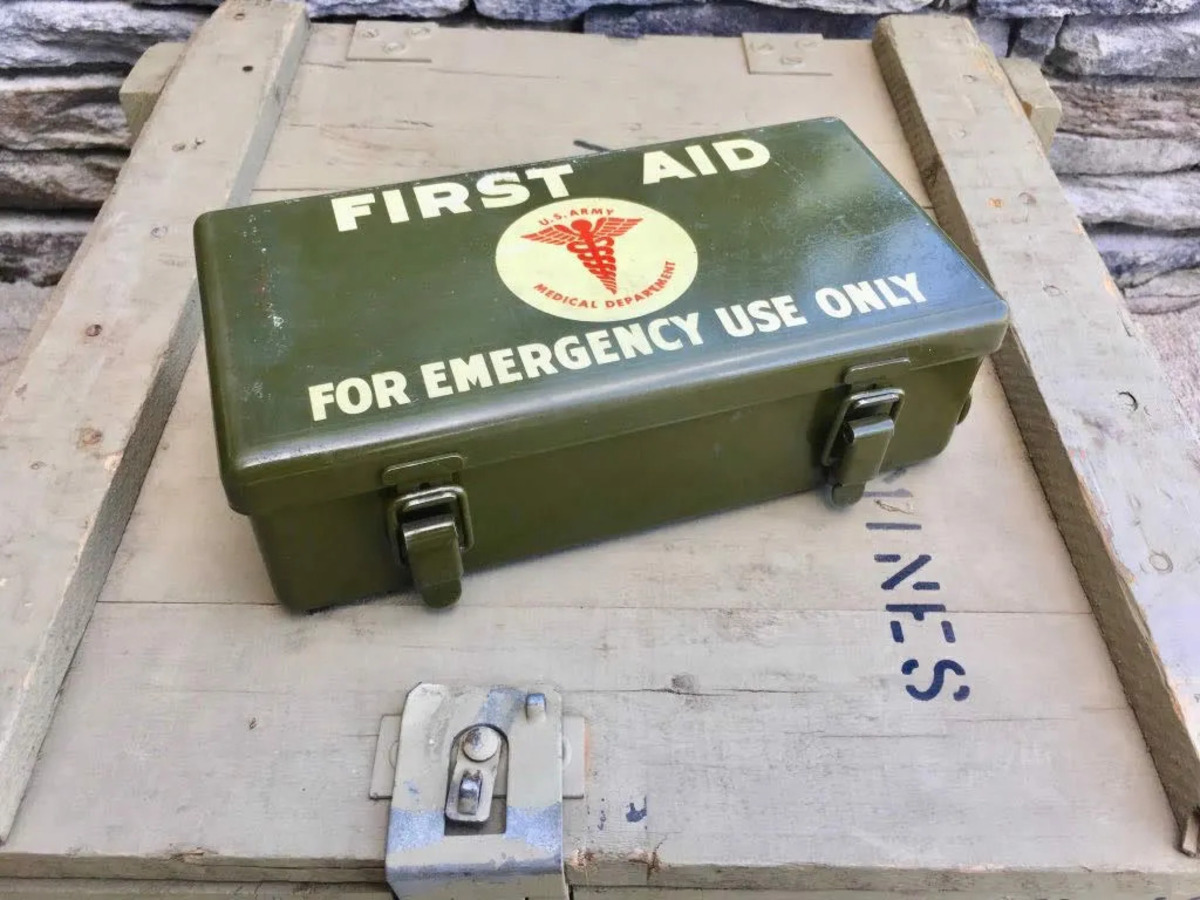
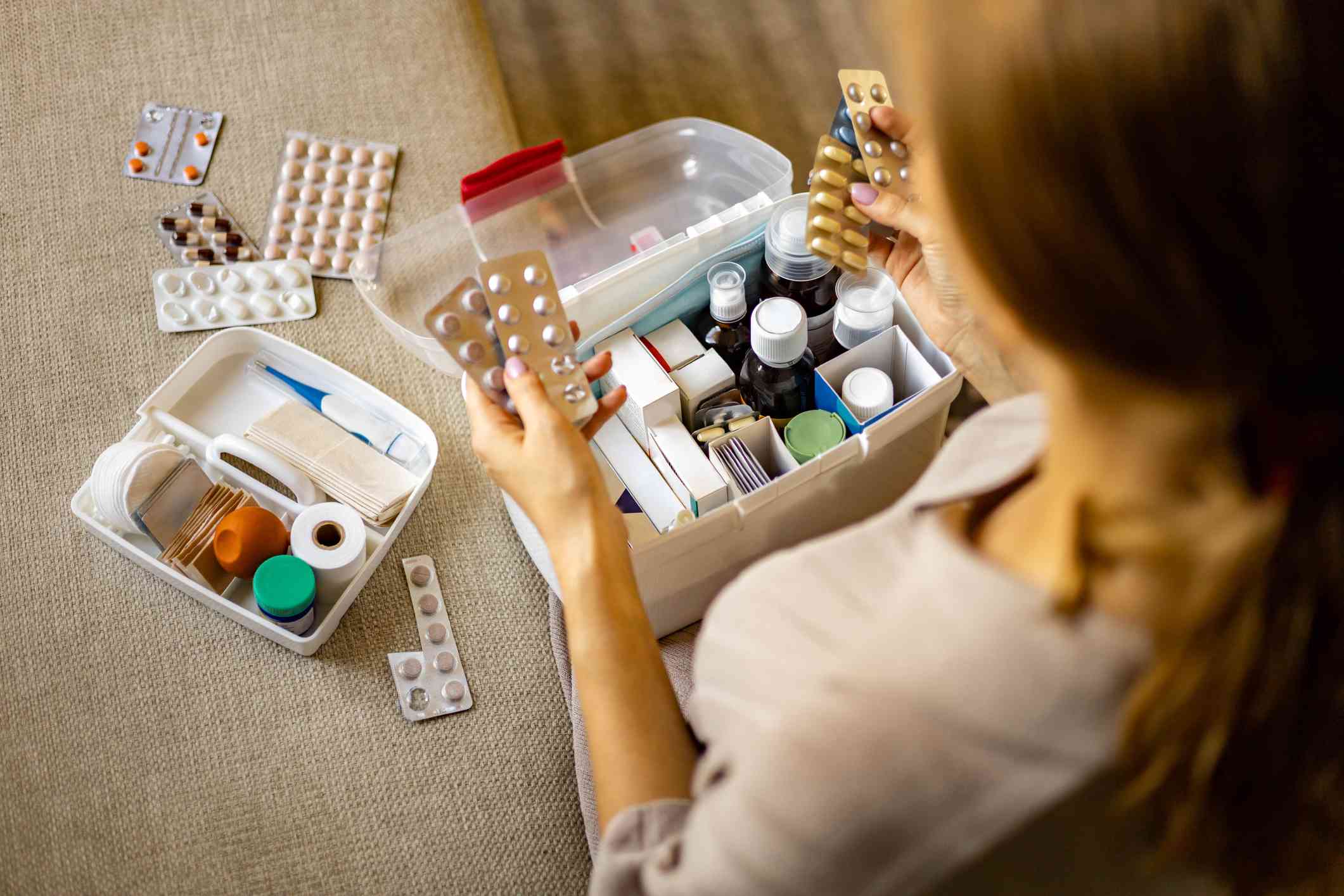
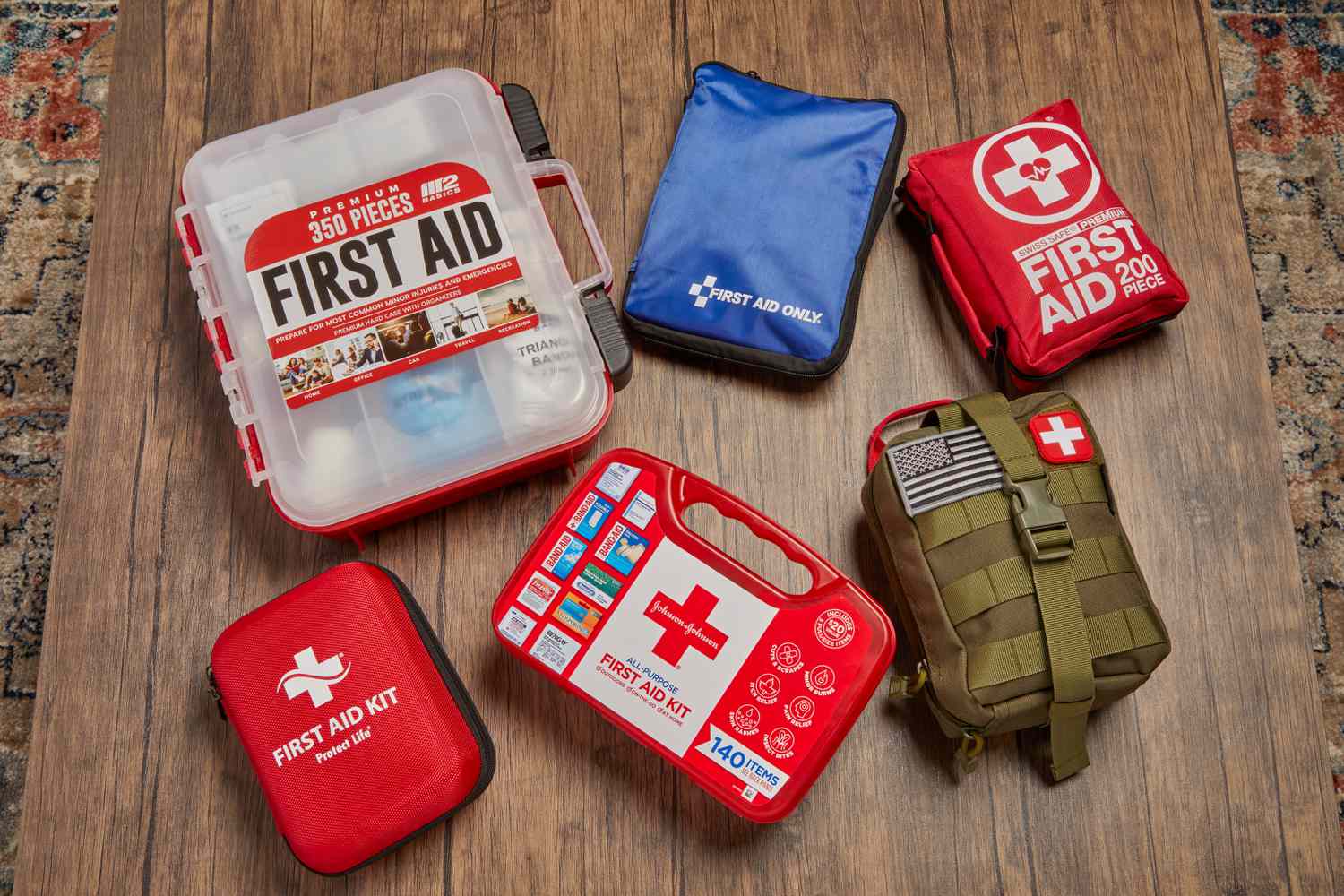
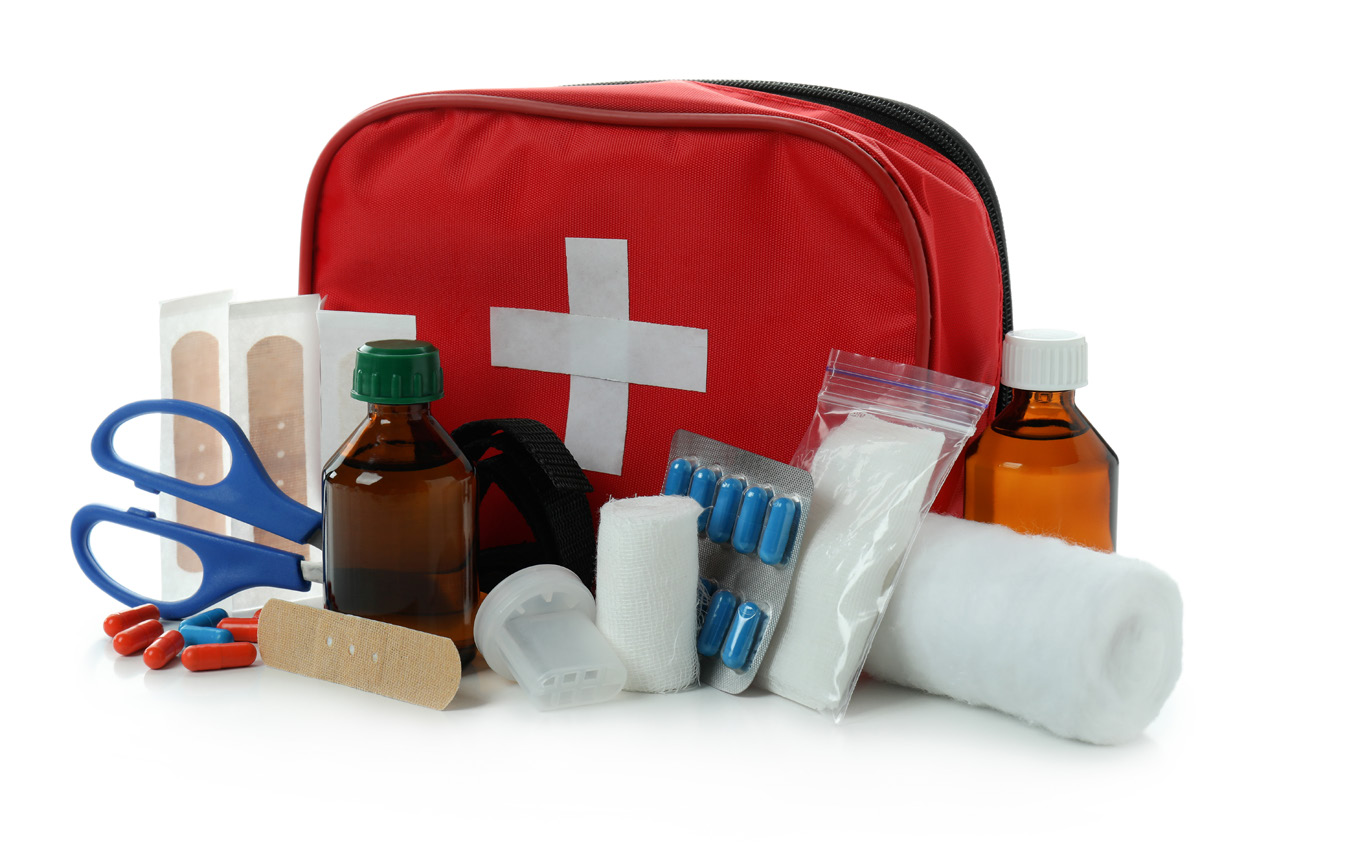
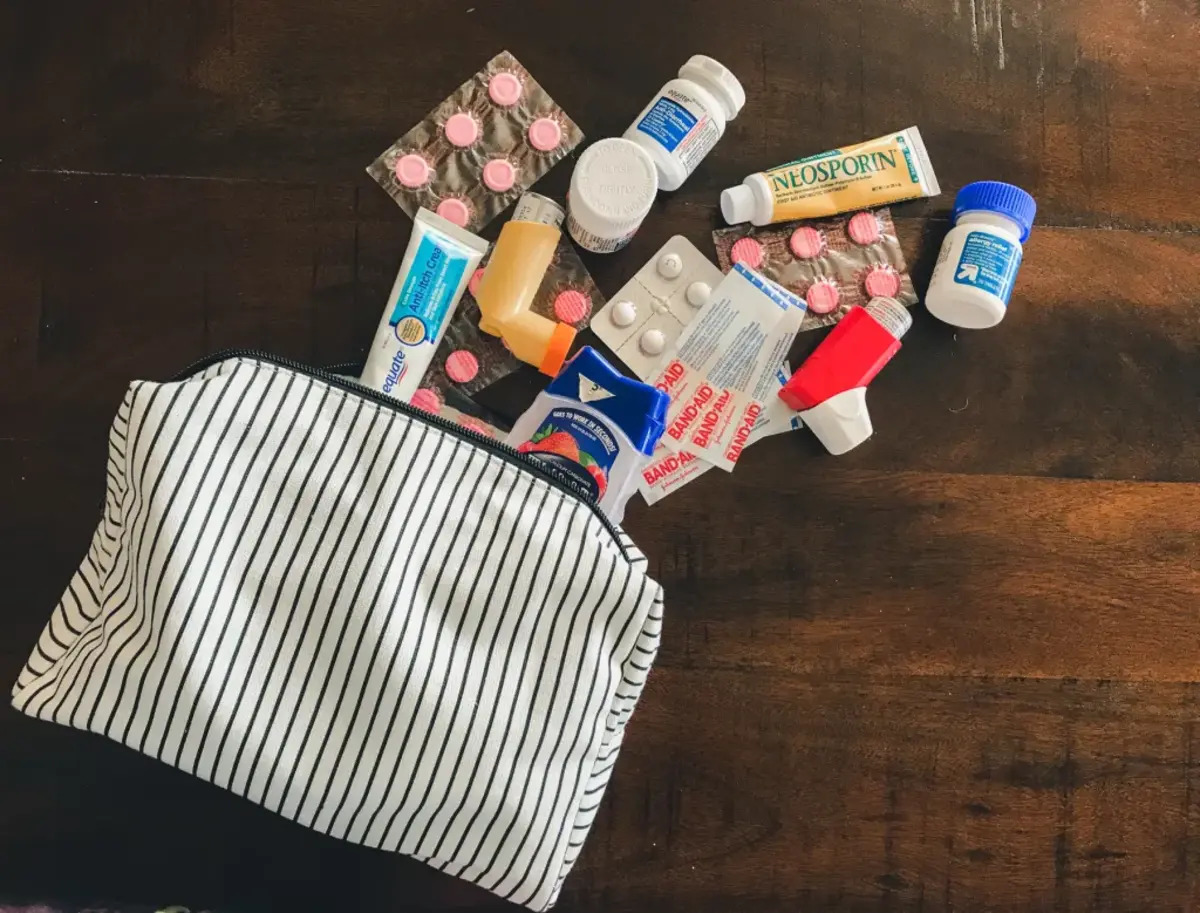

0 thoughts on “Where Should You Keep A First Aid Kit”